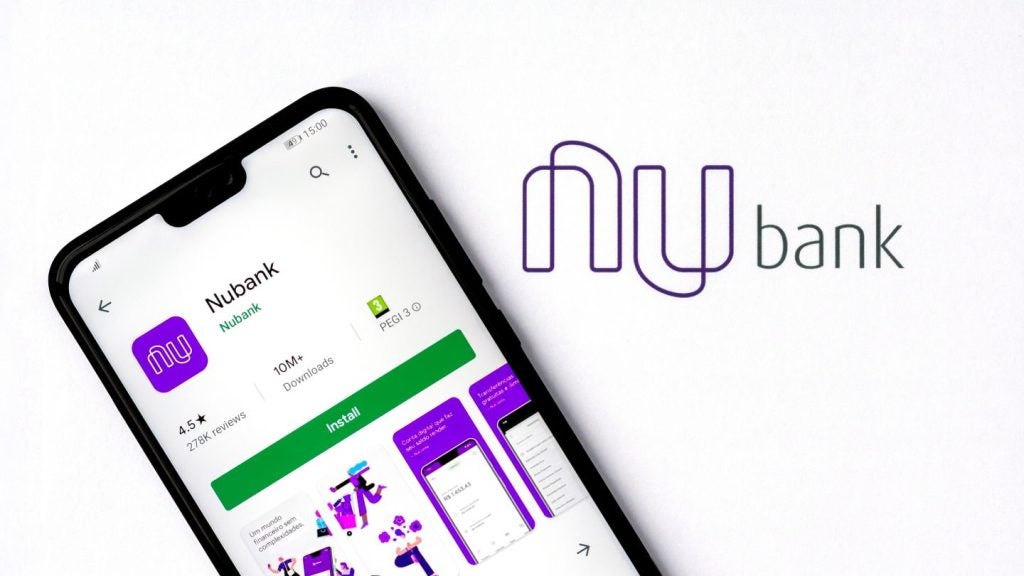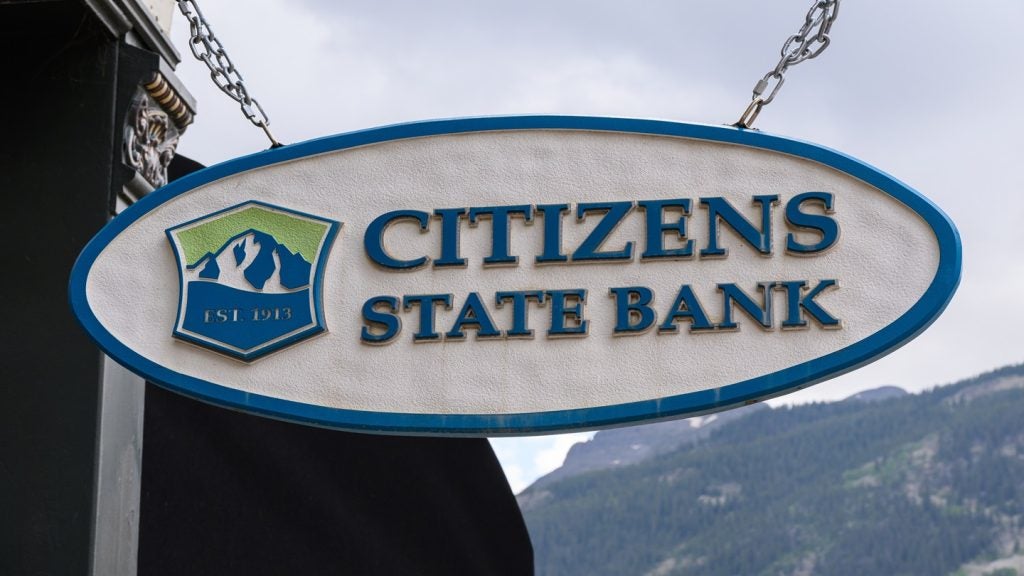Open Banking was touted as the catalyst for increased innovation, but two-fifths of banks are worried about it and its regulation.
According to research from platform Tink, 39% of financial institutions see Open Banking regulation as the biggest current threat to their business model.
In addition, 56% of them fear that loyalty from customers will be significantly reduced by Open Banking.
However, 68% of respondents recognised that financial institutions must now enhance their services to attract and retain customers. Also, three-fifths (61%) believed that financial institutions who only do the minimum required to comply with PSD2 will lose out to more innovative players.
Regulation problems
There are issues though. Regulatory compliance (91%), access to tech (91%) and access to talent (91%) topped the list of challenges.
Other hurdles included:

US Tariffs are shifting - will you react or anticipate?
Don’t let policy changes catch you off guard. Stay proactive with real-time data and expert analysis.
By GlobalData- Finding and collaborating with new partners in fintech (90%);
- Technology and modernisation (88%);
- Overcoming resistance from internal stakeholders (87%), and
- Commercialising Open Banking opportunities (87%).
Daniel Kjellén, co-founder and CEO of Tink, said: “Technology has torn down the barriers to data and created an opportunity for everyone – incumbent banks, fintech challengers and developers – to build great products. PSD2 and Open Banking regulation are acting as a rubber stamp for this movement.
“Understandably, this is causing disruption and uncertainty in the banking industry as financial institutions have had to come to terms with big changes over a short period of time. And while a majority of are starting to recognise the long-term benefits of open banking, there are still concerns and challenges that must be overcome in the race to meet the regulatory deadline.”
He continued: “Encouragingly we are seeing a pioneering new generation of banking leaders rising to the open banking challenge – leapfrogging legacy tech, embracing partnerships and bypassing traditional ways of working. They see an opportunity to exemplify the true spirit of the open banking movement – transforming business models and creating the truly customer-centric services of the future.”







